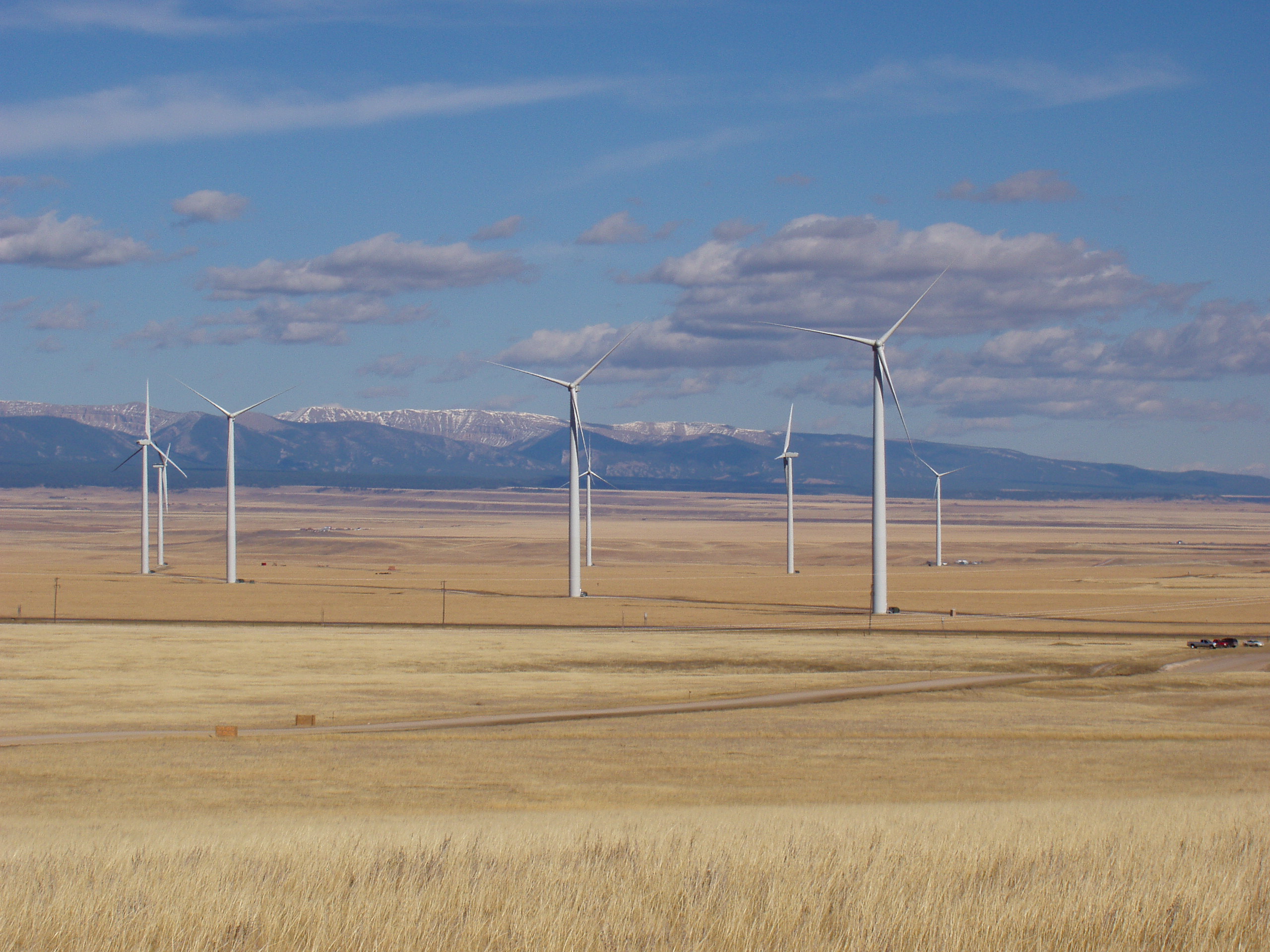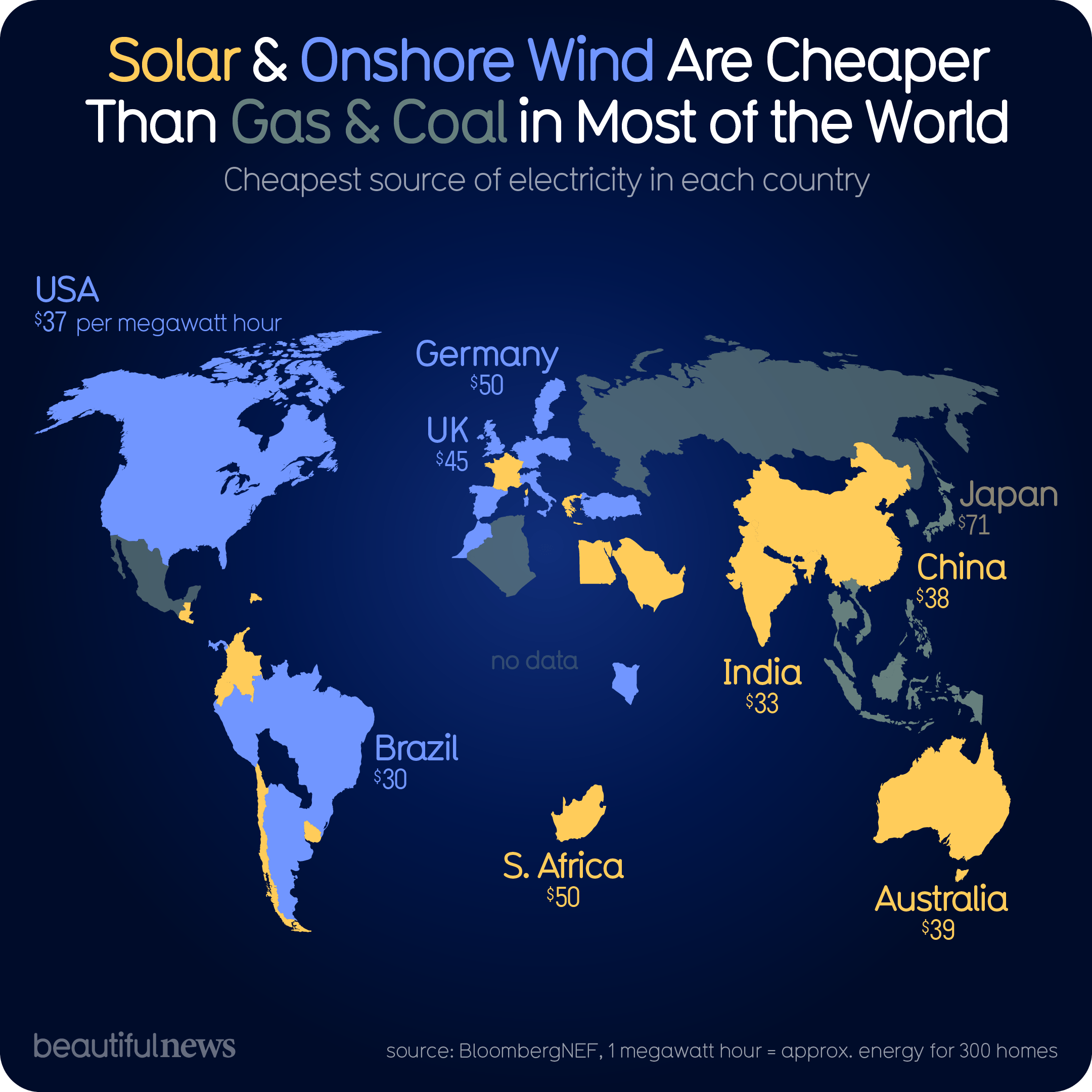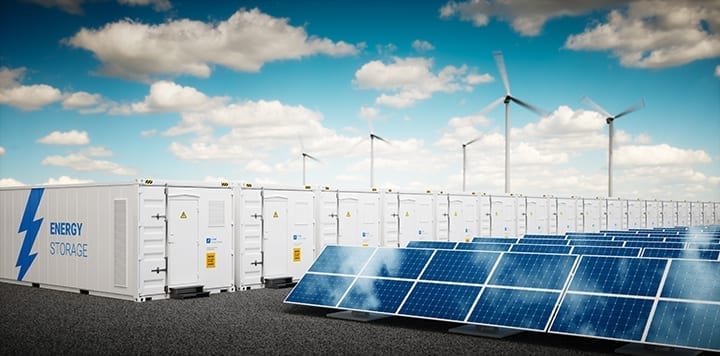abu afak
ALLAH SNACKBAR!
- Mar 3, 2006
- 7,963
- 2,768
- 315
Already Debunked on the last try.It got a little hot in Britain......and because it got hot, their solar panels seem to have stopped working as efficiently?
Did anyone know this little factoid about solar power? You know before the smug leftists made fun of you for making fun of solar panels?
Besides having to compensate for the winds dropping away (uh-oh), who knew solar panels go to poop in the heat?
Did you know? I sure didn’t know. And they sure don’t tell you any of THIS in the fancy glossy handouts.
Britain has started burning coal to generate electricity for the first time in a month and a half, after the heatwave made solar panels too hot to work efficiently.
----------------------
For every degree rise in temperature above this level, the efficiency is reduced by 0.5 percentage points.
-------
That’s the gist of this. And “solar” panels need their OWN cooling systems (!) in the desert. GTFO!

Solar Panels Useless above 85 Degree F.
Billy Bob is a Grotesque Liar/deceiver. "useless"? "...For example, let’s say you have the Sunpower module and the solar cell temperature is measured at 45 degrees C. (113 F) That’s 20 degrees C above STC. To find how much the power output will decrease, you multiple the 20 degrees C difference...
 www.usmessageboard.com
www.usmessageboard.com
1. Billy Bob is a Grotesque Liar/deceiver.
"useless"?
"...For example, let’s say you have the Sunpower module and the solar cell temperature is measured at 45 degrees C. (113 F) That’s 20 degrees C above STC. To find how much the power output will decrease, you multiple the 20 degrees C difference by the -0.29% temperature coefficient.
That gives you a 5.8% drop in the module's power output.
That means when the panels’ temperature is 45 degrees C, (113 F) the maximum power output of the module will fall to 329.7 watts, instead of 350 watts, meaning, your panels will still produce enough energy to power your home...
- = = = = =
2. Sep 21, 2022
Understanding temperature coefficientIf you really want to understand how much energy your solar panels may produce depending on the temperature outside, check the temperature coefficient on the manufacturer’s data sheet for your solar panels. The temperature coefficient tells you, in a percentage per degree Celsius, how much power a solar panel will lose when the temperature increases by 1 degree over 25°C (77°F).
For example, the temperature coefficient of LG NeON® 2 solar panels is -0.38% per one degree Celsius. This means that for every one degree Celsius above 25°C, the maximum efficiency of an LG NeON® 2 solar panel will decrease by 0.38%. Conversely, for every one degree Celsius below 25°C, the maximum efficiency of that solar panel will increase by 0.38%. (Yes — cooler, sunny weather is best for your solar panels and can help offset any decreased efficiency in the summer.)
So, if the outside temperature were 82°F (or 28°C) — the average daily high in Boston in July — and the surface of an LG NeON® 2 solar panel were roughly that same temperature, solar panel efficiency for that solar panel would decrease by Just 1.14%."

How Do Temperature and Shade Affect Solar Panel Efficiency? | Boston Solar | MA
Find out how shade and temperature affect solar panel efficiency and how Boston Solar can maximize your solar panels' performance in all weather conditions. Request your free assessment today!
Last edited:










